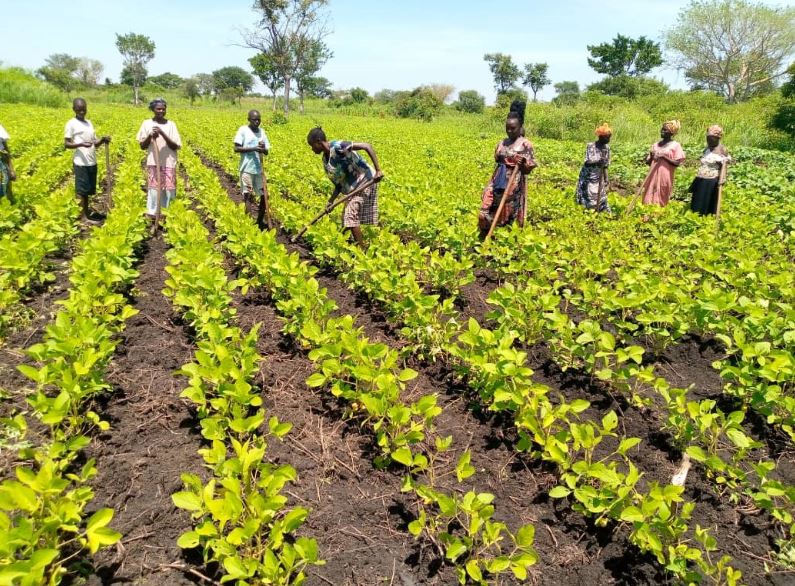
Stanbic Bank Uganda is set to launch the Stanbic WYF (Women, Youth, and Farmers) project, a groundbreaking initiative aimed at uplifting the livelihoods of Women, Youth, and Farmers across the country.
With a massive injection of over Shs2 trillion, this project is poised to bring about significant socio-economic transformation in Uganda.
According to Joseph Kanyamunyu, the Managing Director of Publics Africa Communications, the agency that is handling strategic communication for the Stanbic WYF project, this is a long overdue campaign, especially since it aligns with the government’s Parish Development Model (PDM) programme.
“The Stanbic WYF project is aimed at touching lives through creating avenues for social-economic transformation across the three demographics, which are: the Women, Youth and Farmers,” Kanyamunyu said.
“The Stanbic WYF aims at empowering these three categories of Ugandans with access to affordable finance and financial literacy, plus equipping them with skills that will enable them to transform their lives,” he added.
Kanyamunyu explained that according to a recent report by the Ministry of Gender, at least 39% of Ugandan youth are unemployed, hence, the Stanbic WYF project targets this jobless and unbanked group.
Empowering Women, Youth, and Farmers
Kanyamunyu reveals that the Stanbic WYF project is designed to empower these three demographics by providing:
Access to Affordable Finance
The project will offer affordable, insured loans to women, youth, and farmers engaged in various economic activities, with a focus on agriculture.
Financial Literacy
Participants will receive financial literacy training to enable them to manage their finances effectively and make informed decisions.
Skills Development
The project will equip participants with skills that will enable them to transform their lives and improve their economic prospects.
Addressing Unemployment and Financial Exclusion
The project targets the jobless and unbanked youth, who make up at least 39% of Uganda’s youth population, according to a recent report by the Ministry of Gender.
By providing access to affordable finance and financial literacy, the Stanbic WYF project aims to:
Create Jobs
By empowering youth and women to start or grow their businesses, the project can help create jobs and stimulate economic growth.
Boost Financial Inclusion
The project will increase financial inclusion by providing access to financial services for the unbanked and underserved populations.
Market Access and Network
The Stanbic WYF project will also enable participants to tap into the wide Stanbic Bank market network that spans across Africa, providing access to:
Ready Markets
Participants will have access to ready markets for their produce, reducing the challenges associated with the lack of access to markets.
Business Opportunities
The project will open up new business opportunities for women, youth, and farmers, enabling them to grow their businesses and increase their income.
Collaboration and Impact
The Stanbic WYF project is a collaboration between Stanbic Bank and the Government of Uganda, with the same agenda of fighting poverty, transforming lives, and boosting economic growth. The project is expected to have a significant impact on Uganda’s socio-economic transformation by:
Reducing Poverty
By providing access to affordable finance and financial literacy, the project can help reduce poverty and improve living standards.
Promoting Economic Growth
The project will stimulate economic growth by creating jobs, increasing financial inclusion, and promoting entrepreneurship.
The Stanbic WYF project is a game-changer for Uganda’s socio-economic transformation. With its focus on empowering women, youth, and farmers, the project is poised to bring about significant positive change in the lives of Ugandans.
By providing access to affordable finance, financial literacy, and skills development, the project will help create jobs, boost financial inclusion, and promote economic growth.
